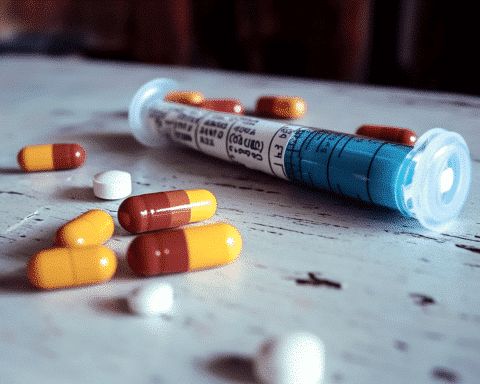In the wake of a groundbreaking epidemiological study, concerns have emerged about the potential connection between specific blockbuster weight loss and diabetes drugs and a heightened risk of severe stomach conditions. Medications such as Wegovy and Ozempic, both under the GLP-1 classification, have become immensely popular in the U.S. due to their potent weight-loss properties. However, this recent study suggests growing health concerns may temper their rapid ascent.
Published in the esteemed research journal JAMA, the study delves into the increased risk of three severe stomach conditions, including stomach paralysis, bowel obstruction, and pancreatitis. Alarmingly, stomach paralysis was found to be a condition not previously mentioned in the warning labels of these drugs. This disorder hampers or entirely stops the transit of food from the stomach to the intestine, often leading to symptoms like consistent vomiting.
To better isolate the potential risks of GLP-1s, researchers from the University of British Columbia undertook an extensive analysis of health insurance claims from nearly 16 million U.S. patients. Mohit Sodhi, one of the study’s authors, stressed the novelty of this research, stating, “That’s why we wanted to take diabetes out of the equation. In addition to the fact that millions of people worldwide are using these drugs to help them lose weight.”
Surprisingly, the study revealed that GLP-1s posed a nine times higher risk of pancreatitis, four times risk of bowel obstruction, and over three times risk of stomach paralysis compared to another weight loss medication called bupropion-naltrexone. With over a million individuals worldwide taking these medications, even seemingly rare conditions like gastroparesis could potentially affect many users.
However, a representative from Novo Nordisk, the company behind these drugs, urged caution and adherence to approved indications, emphasizing collaboration with healthcare professionals in determining the appropriateness of GLP-1 use.
Closing the gap between healthcare providers, patients, and pharmaceutical companies is paramount. Sodhi aptly states, “We’re all big proponents for informed patient consent.” The ultimate goal is to ensure patients are fully aware, not just of the benefits, but of the potential risks associated with medications.




